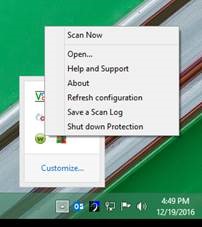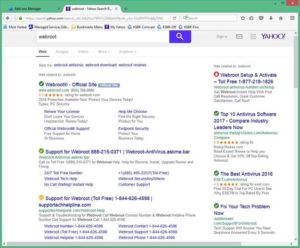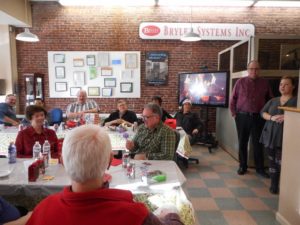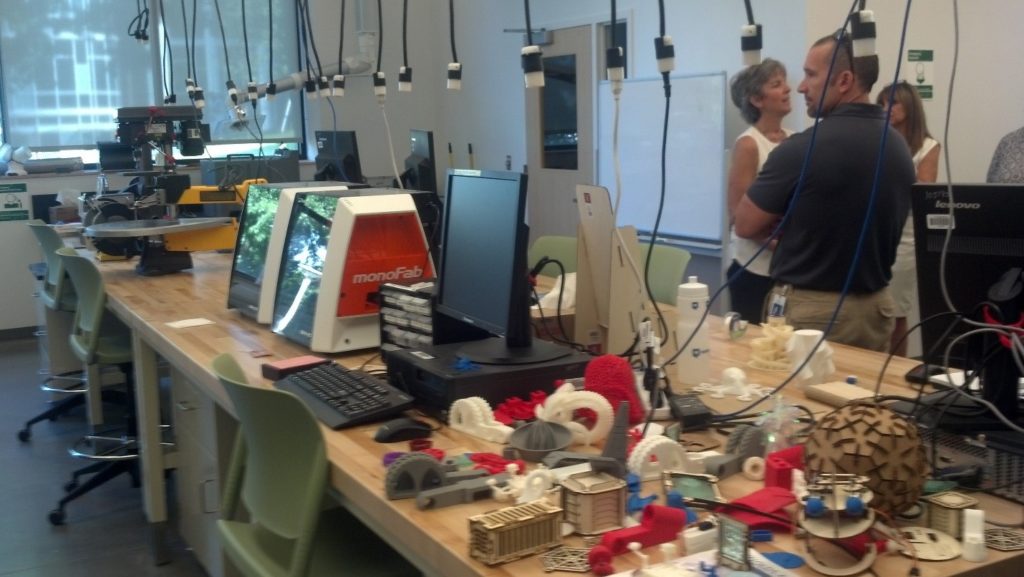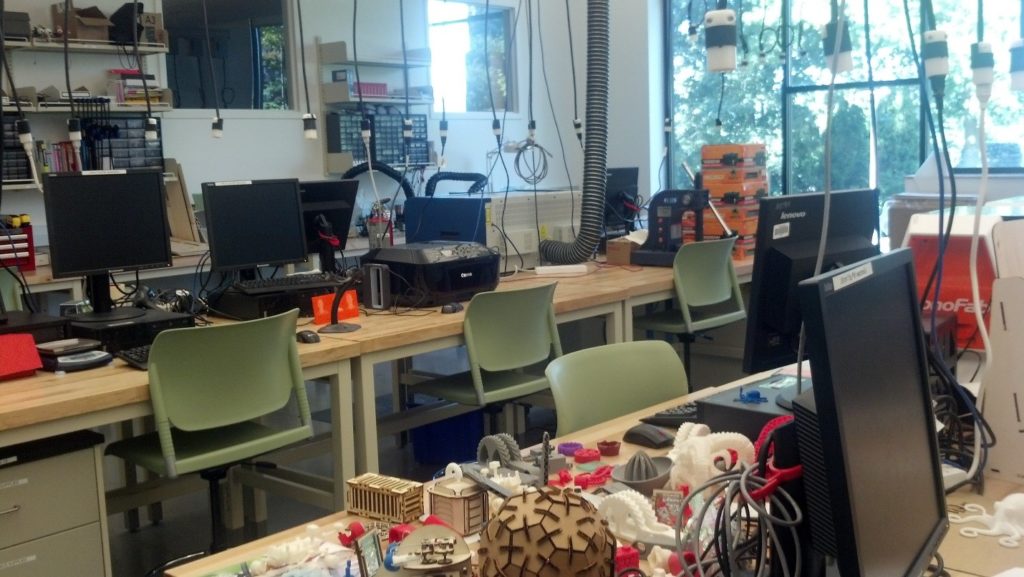Lawrence Strauss, Strauss and Strauss
Gavin Livingstone, Bryley Systems Inc.
People expect that President-elect Donald Trump’s election victory, combined with a Republican Congress, will mean big changes. Because organizations depend on technology, what can be foreseen concerning the tech fields, based on Donald Trump’s campaign statements and on the team he is gathering around him?
In the election’s immediate aftermath, some of the biggest tech-sector stocks’ lost value (which has since changed with the more-recent rise in US stock markets), possibly due to campaign rhetoric where Donald Trump threatened to look into Amazon for monopolistic behavior and tweeted that Americans should boycott Apple for its refusal to help the FBI unlock the iPhone used in the California terrorist attack. He also reminded us of the possibility of a Google election-bias in its search returns. (Google employees have become President Obama’s top tech officials and Google employees visit the Obama White House about once a week, 10x as often as employees from comparable businesses.)1
President-elect Trump appointed Jeff Eisenach and Mark Jamison to reshape the policies of the FCC, which just last year, in a 3 to 2 vote, passed the so-called Open Internet rules. (These rules are somewhat based on the concept of “net neutrality” where the Internet is considered a utility and all Internet traffic is treated equally.) Eisenbach, Jamison, and many others believe these rules were poorly constructed and oppose them on the grounds that they could lead to government overreach with greater consumer costs and reduced investment by business.
The Wall Street Journal, in an Op Ed page2, discussed President-elect Trump’s position in more than 500 companies, of which about 125 do business around the world. Most of these successful businesses are related to real-estate development, hotels and golf courses.3 So, how do such interests intersect with the tech sector?
One way may be gleaned from Peter Thiel, the founder of PayPal and the President-elect’s most vocal booster in the tech world, who told Forbes4 “it’s hard to overstate … Jared [Kushner]’s role in the campaign.” Donald Trump’s son-in-law, Jared Kushner, with a family background in commercial real estate, brought to the campaign (per Forbes) advanced computer-based selling techniques like machine learning and micro-targeting. Forbes reports that Kushner learned about these methods through his interactions with Silicon Valley.
Jared founded a start-up, technology-oriented business, Cadre, with his brother, Joshua. Cadre makes buying and selling interests in commercial property akin to a blend of shopping on Amazon mixed with online stock trading. This NYC business has the kind of unique product with a vast upside that it is attracting top tech talent away from Google, Apple, Twitter and others.5
Cadre is a reinvention of that marketplace through technology. And what policies would a tech startup desire? Among the things it, and businesses in general, need are low interest rates to finance investment. And, Donald Trump has a unique opportunity to keep interest rates low with two vacancies on the Fed’s seven-member Board of Governors and the two chairs’ terms expiring in 2018. During the September debate, Donald Trump called out the Fed, saying “When they raise interest rates, you’re going to see some very bad things happen, because they’re not doing their job.”6 So, the president-elect’s vision is a Fed that keeps interest rates low, which could continue to spur business and technology investment.
Similarly, Donald Trump promised in May to dismantle the 2010 Federal financial regulations known as Dodd-Frank, which according to Donald Trump, “makes it very hard for bankers to loan money for people to create jobs, for people with businesses to create jobs.”7
Donald Trump wants to shrink the corporate tax rate from 35 percent to 15 percent. And he has floated the idea of tax incentives to repatriate monies businesses currently have invested overseas.8
One of the issues that Donald Trump took up during his campaign, was the idea of US workers being replaced by foreign workers. And directly impacting the tech sector are H1B visas, as many Silicon Valley companies train non-US citizens that enter the US on H1B visas. Donald Trump suggested attaching fees to the H1B that would make it less appealing for businesses to seek non-US employees.
The H1B visa issue does not have any effect on outsourcing overseas, a major issue for businesses and their workers; Donald Trump has not yet directly addressed outsourcing.9 However he did spend a lot of time addressing the loss of US manufacturing and the imbalance of trade with China in particular. The solutions he’s proposed include changing the Trans-Pacific Partnership and a 45% tariff on Chinese goods.
These are complex issues, and China’s 1990 inclusion in the WTO has given us everything from cheap, dollar-store junk to computers and cell phones. Because small goods are no more expensive to consumers than they were in the eighties, economists Robert Lawrence and Lawrence Edwards estimate that trade with China returns $250 a year to every American.10 However, Mr. Lawrence also calculates that between 2000 and 2007, Chinese imports caused about a third of the 484,000 annual manufacturing job losses, with productivity increases due to technology making up the bulk of the remaining losses.11
Donald Trump’s road-blocks to free trade are opposed by many who depend on the cheap, foreign manufacturing and, to a lesser extent, foreign markets. Creating barriers to imports suggests our partners may respond in kind, so the methods proposed for doing this may not have the desired effect.
Conversely, it is interesting that his top Secretary of State pick (as of this writing), Mitt Romney, is seen as welcoming trade agreements during his 2012 campaign.12
One thing is evident; investors have responded to Trump’s campaign promises pushing the Dow past 19,000 for the first time and Small Cap stocks (generally understood to be the riskiest) are seeing their largest gains by percentage.11
Generally, the upcoming Trump Administration will likely favor business investment and development, which should enhance technology research and business overall. However, the effects may impact technology companies unevenly, with likely short-term winners and losers.
REFERENCES
1http://www.politico.com/magazine/story/2015/08/how-google-could-rig-the-2016-election-121548
2http://www.wsj.com/articles/the-trump-family-political-business-1479426984
3https://www.washingtonpost.com/news/wonk/wp/2016/02/29/the-myth-and-the-reality-of-donald-trumps-business-empire/
4http://www.forbes.com/sites/stevenbertoni/2016/11/22/exclusive-interview-how-jared-kushner-won-trump-the-white-house/#4d6e2de62f50
5http://www.businessinsider.com/what-is-cadre-and-how-to-invest-in-its-real-estate-deals-2016-6
6http://www.bloomberg.com/politics/articles/2016-11-22/trump-looks-to-put-stamp-on-fed-in-first-months-of-presidency
7http://fortune.com/2016/05/18/trump-dodd-frank-wall-street/
8http://www.cnbc.com/2016/11/15/how-trumps-likely-tax-reforms-will-impact-tech-sector.html
9http://www.computerworld.com/article/3140166/it-outsourcing/trump-tapped-the-viral-anger-over-h-1b-use.html
10http://www.economist.com/news/united-states/21695855-americas-economy-benefits-hugely-trade-its-costs-have-been-amplified-policy
11http://www.foxbusiness.com/markets/2016/11/22/americas-smallest-stocks-are-biggest-winners-post-trump.html
12http://foreignpolicy.com/2011/11/17/mitt-romneys-foreign-policy/

